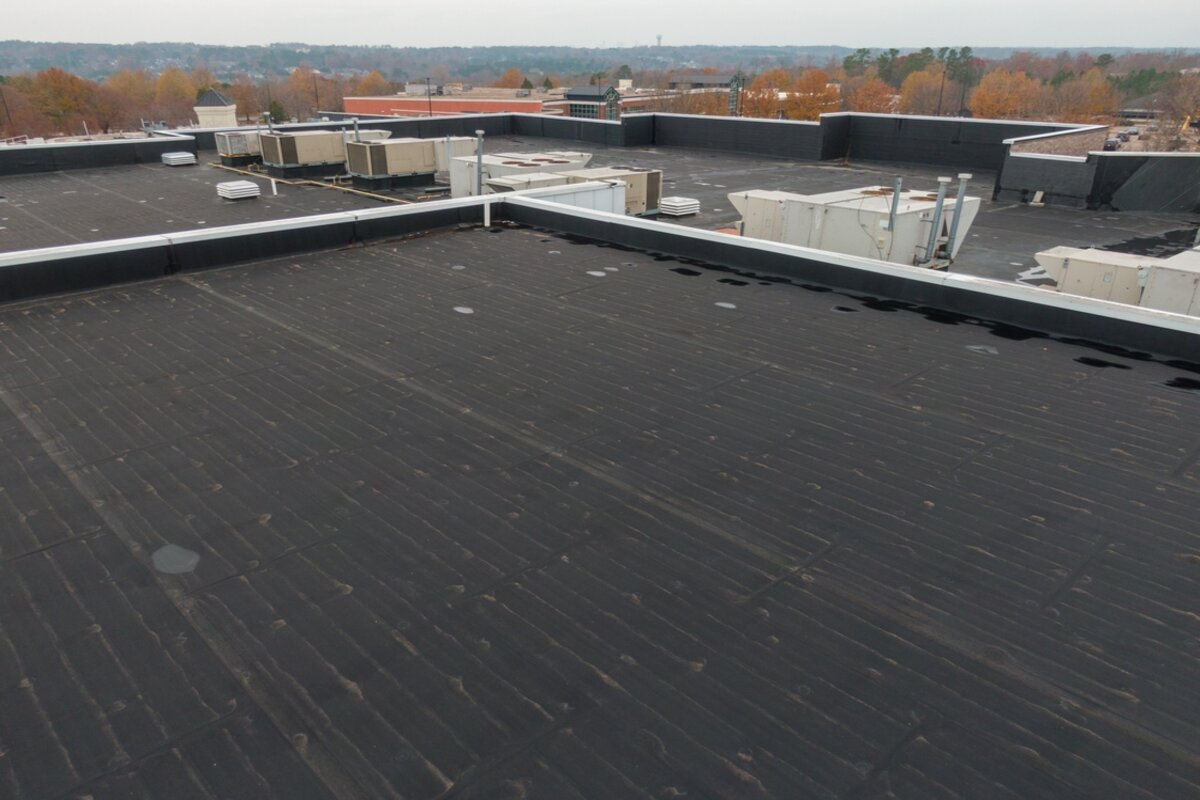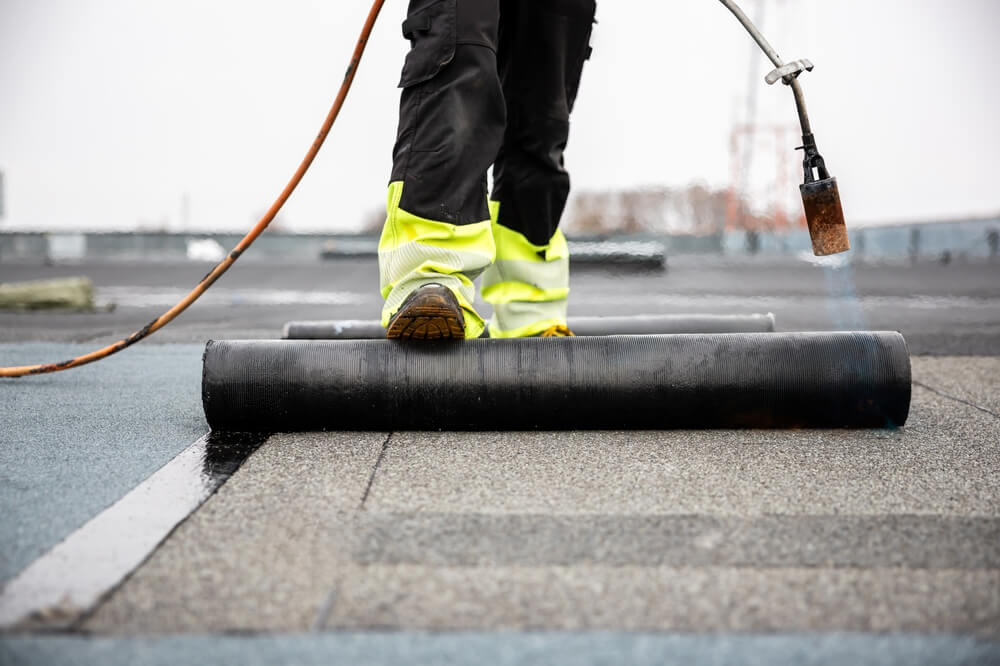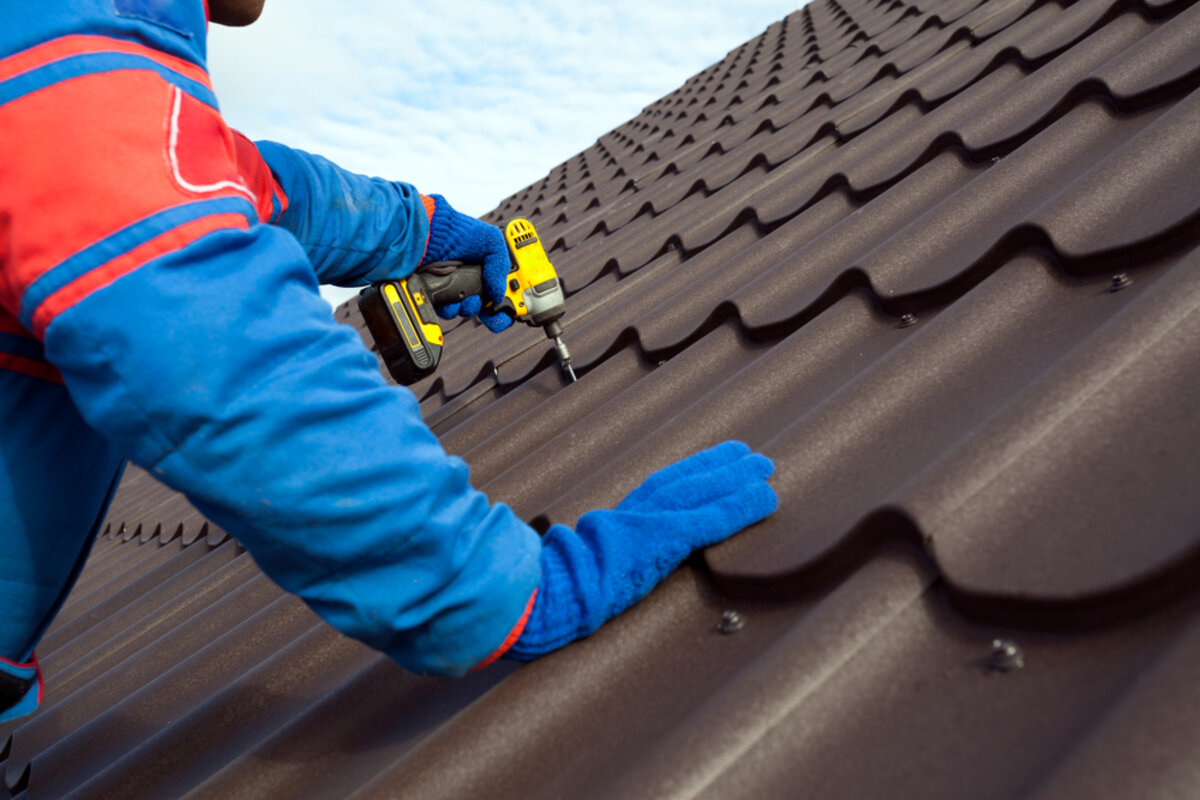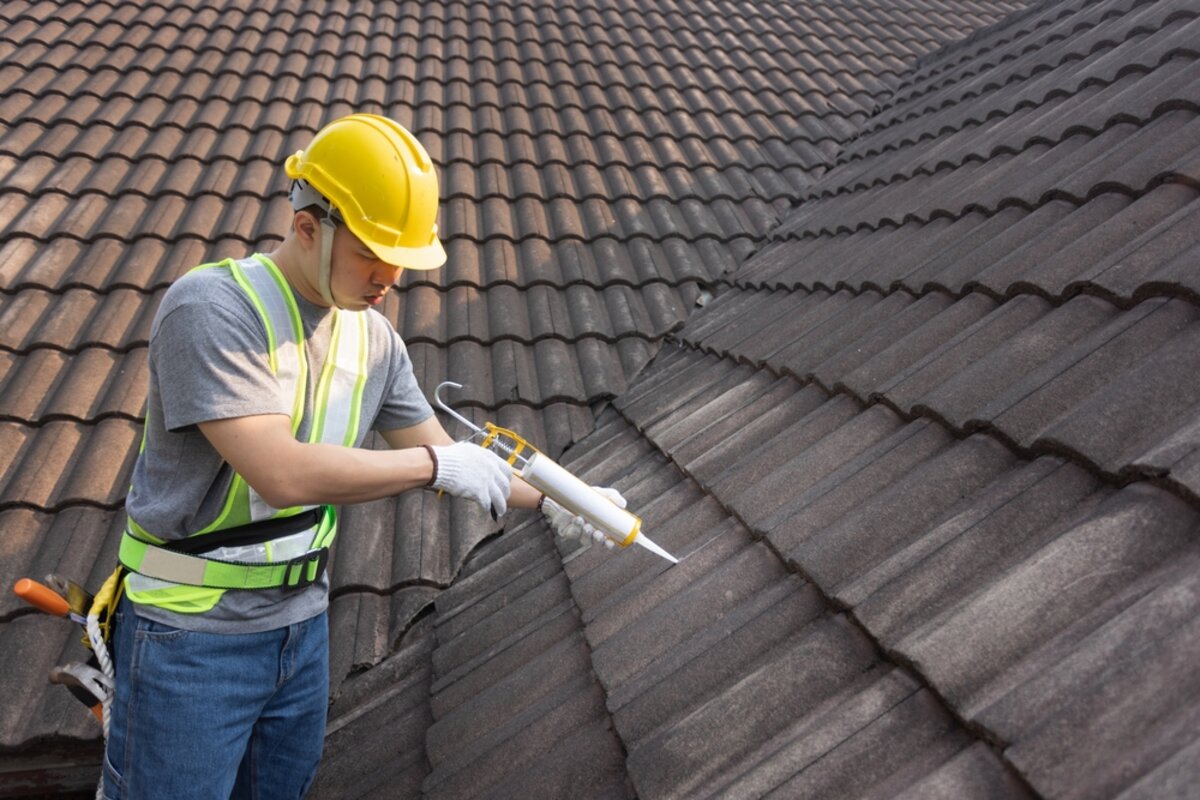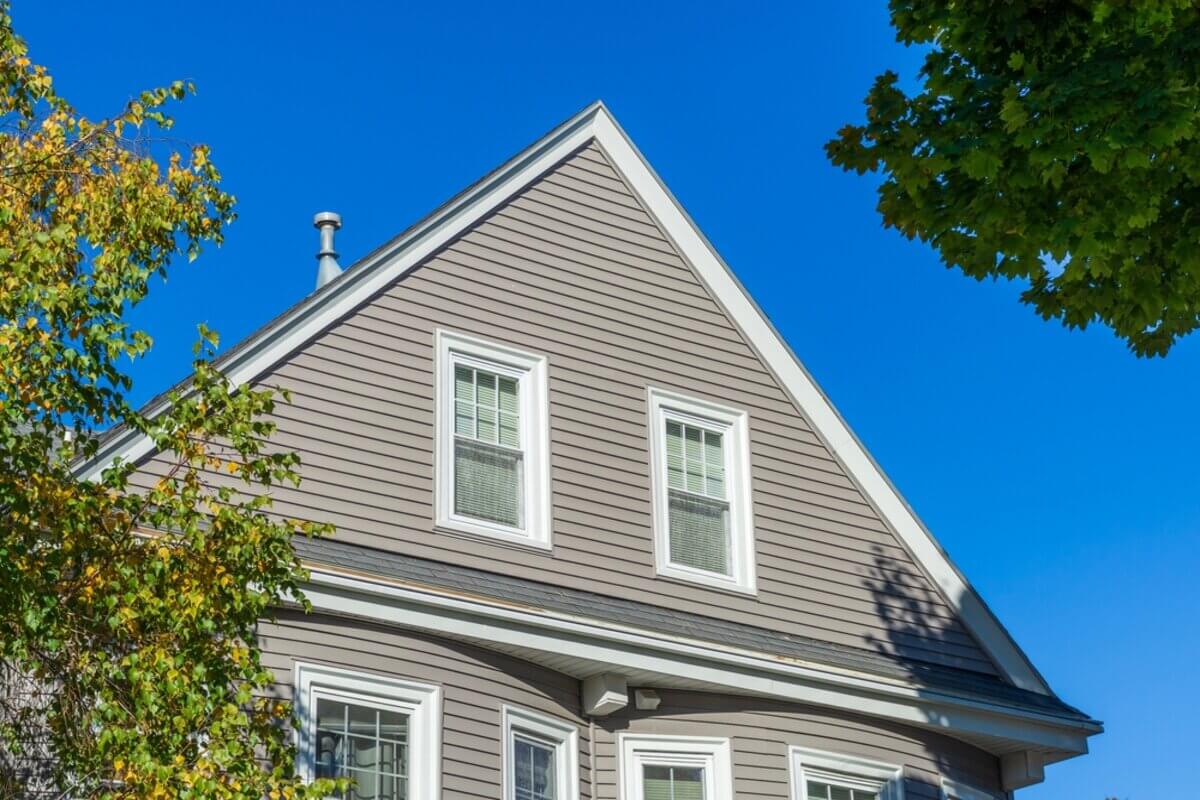When it comes to constructing or renovating a building, the roof is often one of the last aspects considered. Yet, for those with flat roofs, choosing the right material isn’t just a matter of aesthetics—it’s crucial for ensuring longevity, sustainability, and efficiency. The best material for a flat roof can significantly affect your property’s overall health, impacting everything from energy costs to water resistance. In this guide, we’ll explore the most effective materials available today for flat roofing, helping you make a well-informed decision.
Understanding Flat Roofing Materials
Flat roofs are notably different from the more common sloped roofs, as they require materials that provide a robust barrier against water pooling and environmental wear. The market offers several options, each with unique benefits and considerations.
1. Ethylene Propylene Diene Monomer (EPDM)
EPDM, a synthetic rubber, stands out as a popular choice due to its durability and cost-effectiveness. Known for its long lifespan of up to 25 years or more, EPDM is highly resistant to weathering, tearing, and abrasion. It’s also relatively straightforward to install, which can reduce initial labor costs.
2. Thermoplastic Polyolefin (TPO)
Another synthetic option, TPO, is prized for its reflective properties that can help in reducing energy costs by keeping buildings cooler. This material is light, yet resilient, capable of withstanding UV rays and chemical exposure. TPO roofs are typically heat-welded at seams, creating a continuous waterproof surface.
3. Polyvinyl Chloride (PVC)
PVC roofing material is similar to TPO in terms of its reflective qualities but carries better resistance to chemicals and oils, often used in restaurant buildings or where such emissions are prevalent. This material is also fire-resistant and can last up to 30 years with proper maintenance.
Key Factors to Consider in Selecting the Best Material for a Flat Roof
Choosing the right flat roofing material involves more than just picking the most durable or cost-effective option. Here are the key factors you should consider:
1. Climate
The local climate plays a crucial role in determining the suitable material. For instance, PVC and TPO are excellent in hotter areas due to their UV resistance and cooling benefits, while EPDM performs well in colder or more variable climates due to its flexibility and resistance to cracking.
2. Building Usage
The type of activities conducted within the building also affects the choice. Buildings with high interior moisture levels, such as pools or spas, may require materials like PVC that resist moisture-related degradation.
3. Budget
Cost is always a consideration. Materials like EPDM are generally more affordable and offer a good balance of cost and performance, making it an attractive option for many property owners.
4. Sustainability
For those concerned with environmental impact, TPO is often touted for being recyclable at the end of its lifespan, unlike other materials that might contribute to landfill waste.
Conclusion
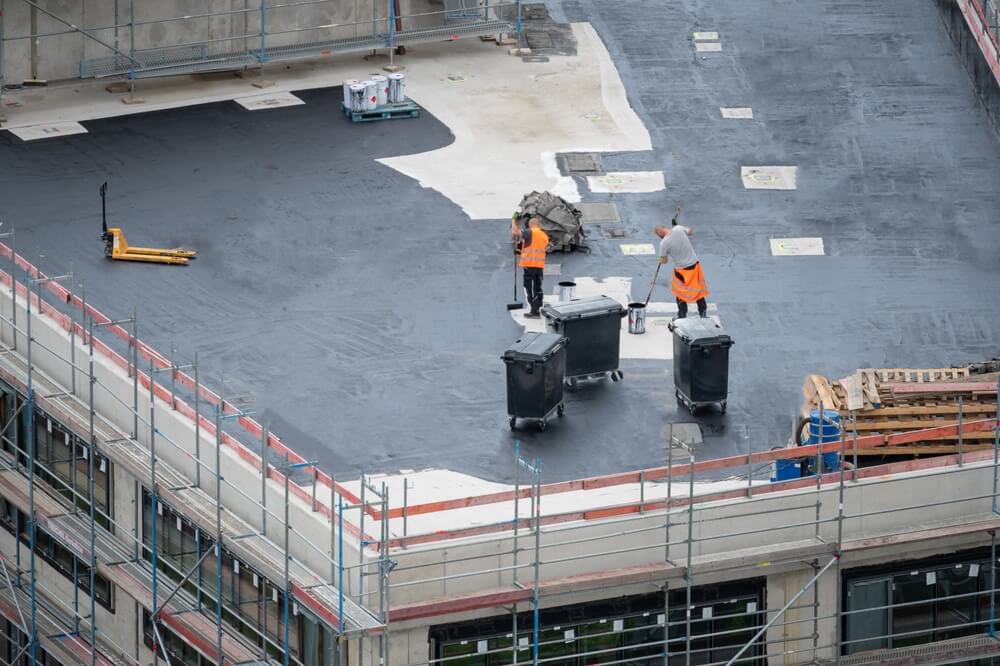
Selecting the right material for your flat roof is a decision that combines practicality with foresight. It’s important to balance immediate cost against long-term benefits like durability, maintenance requirements, and potential energy savings. Whether you choose EPDM, TPO, or PVC, each material offers distinct advantages that can meet different needs and preferences.
As roofing technology advances, the best material for a flat roof today might evolve, so staying informed and consulting with roofing professionals can help ensure that your investment is sound and suitable for your specific situation. By carefully weighing these factors, you can protect your investment and ensure that your flat roof remains a functional and valuable part of your property for years to come. For expert advice and top-notch installation services, contact Perfect Exteriors today.

